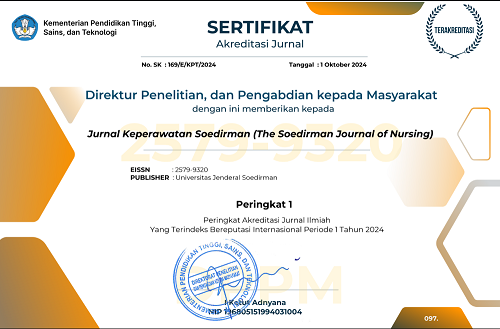Innovative Foot Care Education Model Utilizing Flipped Classroom Method to Improve Diabetic Wound Prevention Practices
Abstract
Background: The face-to-face learning method is commonly used in diabetes mellitus (DM) education; however, it often limits opportunities for patients to engage in independent study. In contrast, the flipped classroom method—an approach that integrates both online and face-to-face learning—allows patients to access learning materials in advance, which can be reviewed multiple times to enhance understanding. This study aims to investigate the impact of flipped classrooms on diabetic wound prevention behavior.
Methods: This research was conducted using a quasi-experimental pre- and post-test design with a control group. A total of 68 patients with diabetes mellitus were selected through simple random sampling, with each group consisting of 34 participants. The research variables included the flipped classroom approach and diabetic wound prevention behavior, which were measured using the Modification of Diabetic Foot Care Behavior (MDFCB) questionnaire. Data analysis was performed using descriptive statistics and t-tests.
Results: There was a significant difference in diabetic wound prevention before (42.18±5.137) and after (46.41±5.461) being given intervention (p = 0.0001). Additionally, a significant difference in diabetic wound prevention was observed between the intervention group (46.41±5.461) and the control group (44.15±4.82) (p = 0.0001).
Conclusions: The classroom approach enhances behaviors related to the prevention of diabetic foot wounds Further research is needed to improve the effectiveness of this approach in preventing of diabetic complications.






.png)




_3.png)

 Kampus keperawatan unsoed
Kampus keperawatan unsoed  Published By Jurusan Keperawatan FIKES UNSOED
Published By Jurusan Keperawatan FIKES UNSOED jks@unsoed.ac.id
jks@unsoed.ac.id

